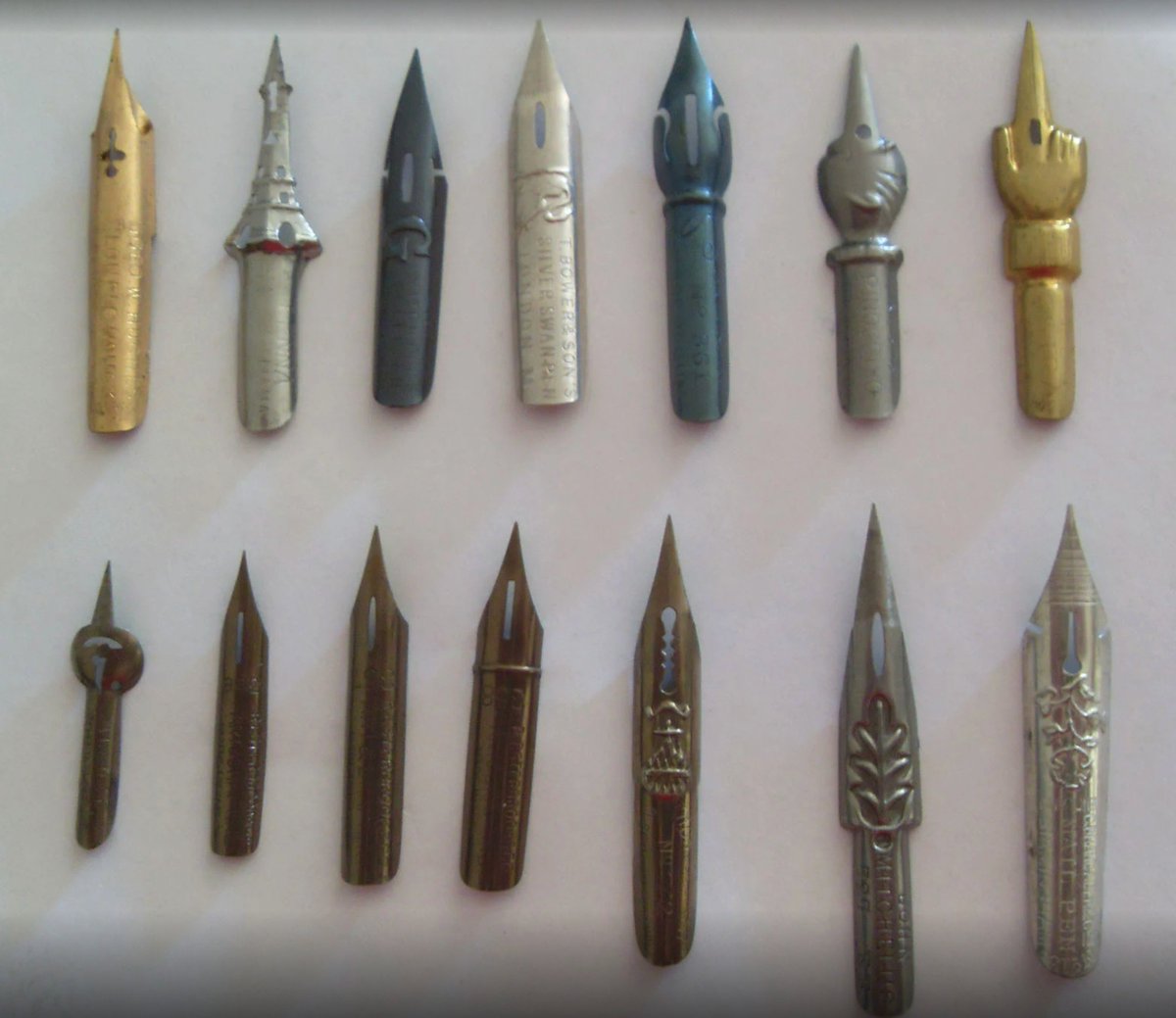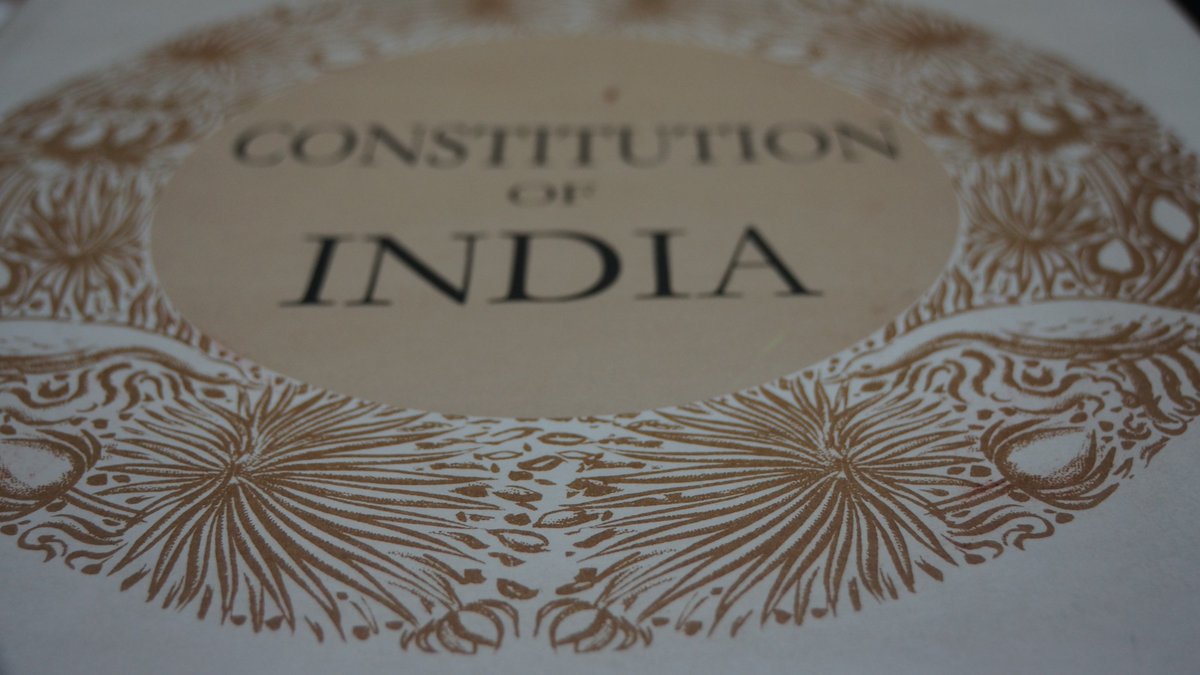Bhanwar has realised, in the end, that establishment of #RSS was also a partly reaction to the rise of #Dalit politics under the aegis of #Ambedkar whose first anti-caste mobilisations (including the Mahad satyagraha and temple entry movements).
2/23
In fact, Deendayal Upadhyaya defended '#casteism' even more explicitly, in Integral Humanism, a text that is still considered as its ideological charter by the RSS and BJP and other RW fringe groups.
Bhanwar experienced this as well.
3/23
4/23
Bhanwar, like so many other Swayamsevaks, joined the RSS at a very young age, mostly to exercise and play traditional games. But he was gradually presented the history and the culture of his society in a manner which made him proud of being a Hindu and angry because...
....of the decline of the sons of the (sacred) soil of Hindustan – which was largely attributed by his teachers to the “Muslim invasions”.
These “gurus” were pracharaks who were almost venerated by the young swayamsevaks.
5/23
6/23
Bhanwar’s ethnographic account is very revealing of the RSS’s modus operandum. On one hand, its pracharaks, because of their life style, attract support from all quarters, including the local notables (mostly traders); on the other hand...
...they related actively to others – virtually every body, including Dalits: pracharaks are not only always touring their constituency, but they visit the homes of the swayamsevaks.
Dalits particularly appreciate this attitude because they are usually ostracised.
7/23
In Bhanwar’s village, low caste people joined the RSS in large numbers: “Of the fifty or so children who attended the shakha in my village, most were OBCs—Kumhar, Jat, Gurjar, Mali and so on."
8/23
They came because of the sanskritisation process mentioned above and because of the games they played in the shakha, but they remained for ideological reasons too as, gradually, they learnt that their culture was threatened by others, primarily by Muslims and Christians.
9/23
Bhanwar recalls that while in the Sangh he “heard a lot about weapons being stored in the basements of mosques” and that getting rid of the Babri Masjid was like “a second battle for independence”.
10/23
Bhanwar took part in the Ramjanmabhoomi movement in the early 1990s with a great sense of pride, as if to defend this symbol of Hinduism promoted his self-esteem. He was part of the first attempt at building the Ram temple, in the context of the Rath Yatra in October 1990.
11/23
Bhanwar did not listen to his father, a Congress activist who had become sarpanch of his village and who explained to him that RSS needed Dalits primarily to fight against Muslims physically, something upper caste preferred not to do.
12/23
Bhanwar reacted to these words by putting up two stickers on the front door of the family house: “Garv se kaho hum Hindu hain” (Say it with pride, we are Hindu) and “Bade bhagya se hum Hindu hain” (We are blessed to be Hindu).
13/23
But he realised that some RSS members were more Hindu than others soon after. While he had been appointed vistarak, he expressed the desire to become pracharak. The district pracharak discouraged him because of his caste background which would have made his job complicated
14/23
15/23
Soon after Bhanwar fully realised the resilience of caste in the RSS on another occasion: while he had prepared food for Sangh parivar members who were touring his district, they refused to come to his home for eating.
Instead they took the food with them....
....in order to save time and, they said, feed the village where they going next – but they threw it out on the road. Bhanwar writes, "How can the Sangh do this to me? They don’t believe in untouchability, in caste discrimination, they believe all Hindus to be one...
16/23
...they talk of a united Hindu society, and then this kind of hypocrisy?"
This episode echoes the moment when the little #Ambedkar & his siblings, on their way to their father’s place of work, had to drive the cart themselves b'coz the tongawala believed in caste stigma.
17/23
Bhanwar’s sense of belonging changed immediately: “For the first time in my life that day, I stepped aside from my Hindu identity and started seeing the world like a person from a lower caste”.
18/23
19/23
The subsequent trajectory of Bhanwa is a fascinating one.
1st, he had to cope with huge psychological problems, revealing of the challenges that Dalits face in many parts of India, especially when they feel betrayed and rejected by the rest of society....
....and Bhanwar had been both by RSS. He tried to commit suicide, but was saved and the next steps he followed took him to Ambedkarism, through his quest for humanity.
20/23
Bhanwar concludes that RSS only want to use us to attack the Muslims, otherwise we did not matter at all. He also had access to a confidential letter of the RSS exhorting upper caste members of the organisation to make the caste system of Hindu society even stronger.
21/23
It was only because of this caste system, the letter said, that Hindu society had survived. If not for the caste system, everyone would have become Muslim or Christian.
22/23
Bhanwar was also horrified by the way a VHP leader, Acharya Giriraj Kishor, justified the fact that Dalits had been burnt alive in Haryana on the suspicion of cow slaughter. Kishor had said that “the life of one cow is more valuable than the lives of fiver Dalits”.
The End
23/23



















